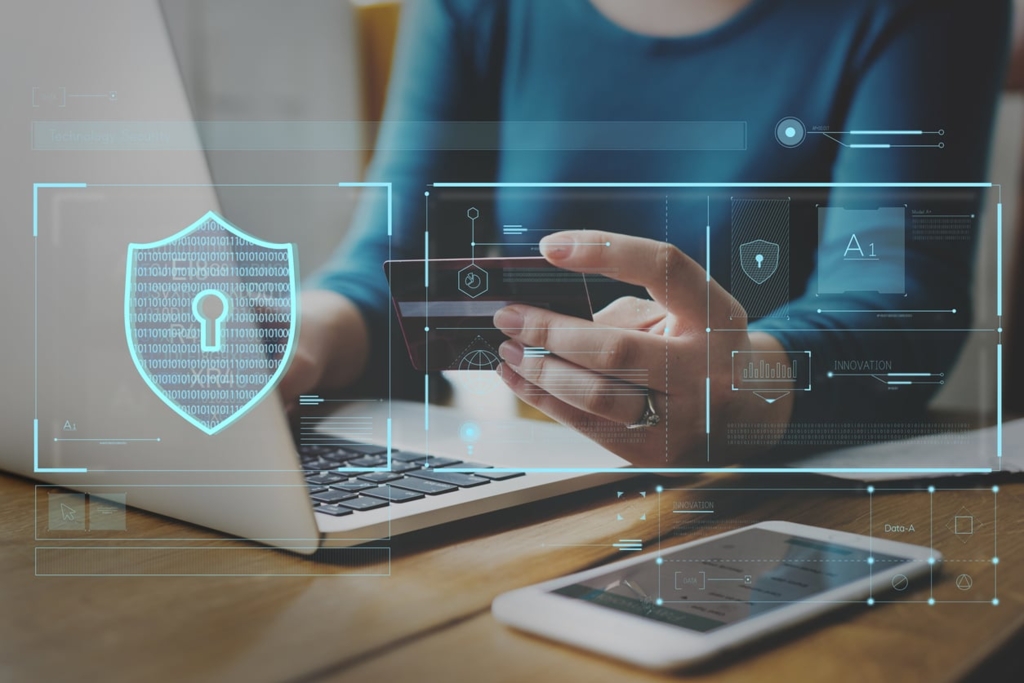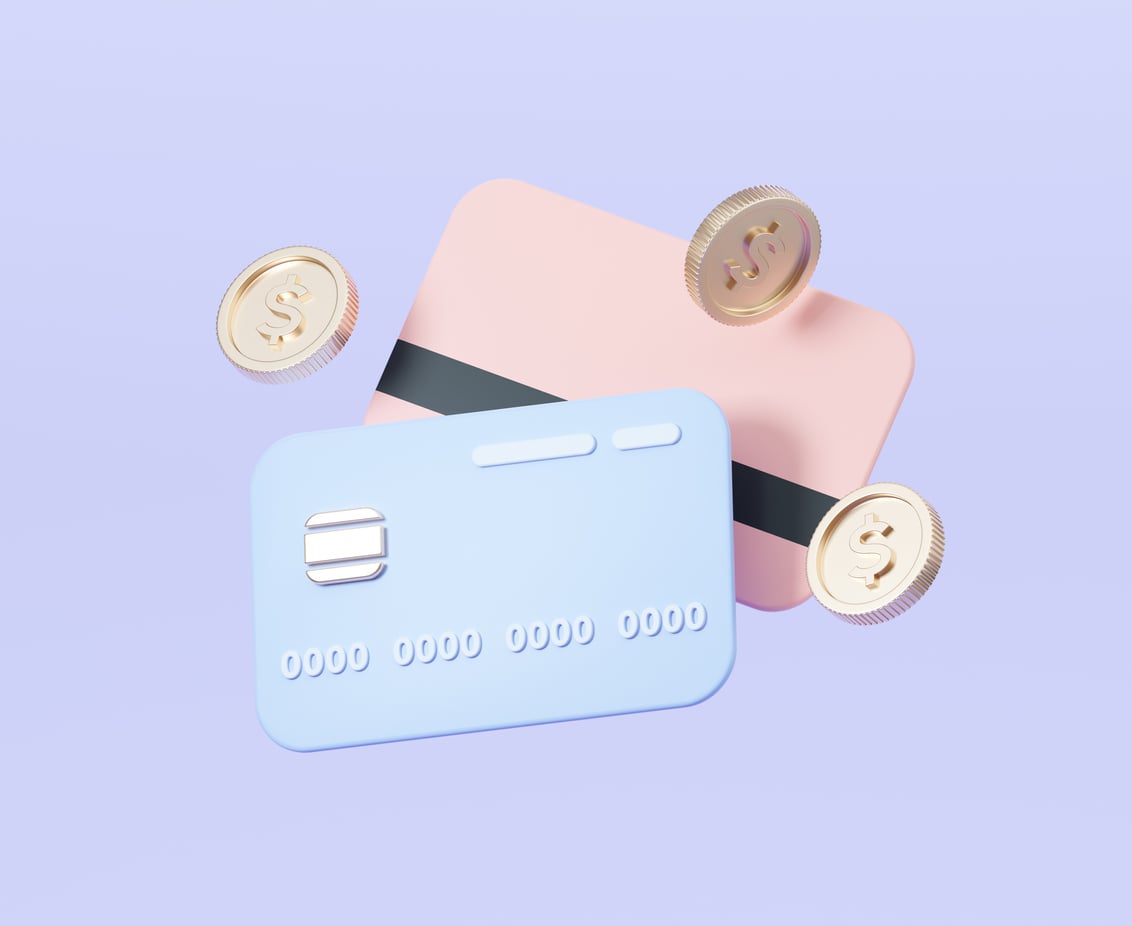5 Ways Your Credit Card Info Might be Stolen: How to Protect Yourself

Do you know how to protect yourself from credit card theft? It's a scary world out there and criminals are getting more and more sophisticated in their methods of stealing your personal information. In this blog post, we will discuss five of the most common ways that your credit card info can be stolen. We will also provide tips on how to protect yourself from these scams.
1. Phishing Emails
Phishing emails are one of the most common ways that thieves can steal your credit card information. These emails typically pose as an official communication from a trusted source, such as your bank or credit card company. They may contain urgent language or fake threats in an effort to trick you into clicking on a link or attachment. Once you do, the malicious software embedded in the link or attachment can then access your personal financial information. This can lead to fraudulent charges being made on your credit card, money being stolen from your bank account, and a host of other problems. So if you ever receive an unexpected email that asks you to click on a link or open an attachment, be very careful. It could be a phishing attempt designed to steal your credit card information.
2. Spyware
Most people are aware that their credit card information can be stolen in a number of ways, such as through skimming at ATM machines or retail point-of-sale devices. However, many people are unaware that their credit card information can also be stolen via spyware. Spyware is a type of malicious software that can be installed on a computer without the user's knowledge. Once installed, the spyware can track the user's online activity and steal sensitive information, including credit card numbers. In some cases, the spyware may even take control of the user's computer and make unauthorized purchases with the stolen credit card information. Therefore, it's important to be aware of the dangers of spyware and take steps to protect your computer from this type of threat.
3. Public WiFi Networks
If you're like most people, you probably use public WiFi networks on a regular basis. After all, they're convenient and often free. However, what you may not realize is that using public WiFi networks can put your credit card information at risk. That's because public WiFi networks are generally unsecured, which means that anyone can access them. If someone were to intercept the data being sent over a public WiFi network, they could potentially steal your credit card information. So, if you're going to use public WiFi, be sure to use a VPN or other security measure to protect your data. Otherwise, you could end up losing money.
4. Major Data Breach
Major data breaches are one of the ways your credit card info might be stolen. A data breach is when a hacker gains access to a business's customer database. This can happen through a variety of means, such as system vulnerabilities, malware, or even phishing scams. Once the hacker has access to the database, they can then steal the credit card info of everyone who has an account with that business. This can be a major problem for both the business and the customer, as it can lead to fraud and identity theft. There are steps you can take to protect yourself from data breaches, such as being aware of the
5. ATM Skimming
ATM skimming is a type of credit card fraud that involves installing a device on an ATM in order to steal card data and PIN codes. Skimmers can be difficult to spot, but there are a few telltale signs that your ATM may have been compromised. First, check for anything that looks out of place on the machine, such as a loose or damaged card reader. If the keyboard feels thicker than usual or if there are strange protrusions near the slot where you insert your card, these could also be signs of skimming devices. If you suspect that your ATM has been tampered with, do not use it and report the incident to the bank or police immediately. While skimming is a relatively low-tech form of fraud, it can have serious consequences, so it's important to be aware of the risks when using ATMs.
How To Check If Your Credit Information Has Been Stolen
It's important to monitor your credit report and credit score regularly to make sure your personal information hasn't been stolen. There are a few different ways to check if your credit information has been stolen. One way is to review your credit report for any unauthorized activity. You can also check your credit score to see if there has been any sudden changes. If you suspect that your credit information has been stolen, you should contact the credit reporting agencies and file a fraud alert. You should also notify your bank or financial institution so they can take appropriate steps to protect your account. By taking these measures, you can help to prevent further damage and resolve the issue as quickly as possible.
How To Protect Your Credit Card Information
With the rise of identity theft, it is more important than ever to protect your credit card information. There are a few simple steps you can take to safeguard your information. First, never store your credit card number in an unsecure location such as your email inbox or a notes app on your phone. Second, only use trusted websites when making online purchases. Look for the https:// in the URL and be sure that the site has a valid SSL certificate. Finally, be mindful of who you give your credit card number to. When possible, pay with cash or use a mobile payment system like Apple Pay or Google Pay, which offer additional security features. By taking these precautions, you can help to ensure that your credit card information stays safe and secure.



